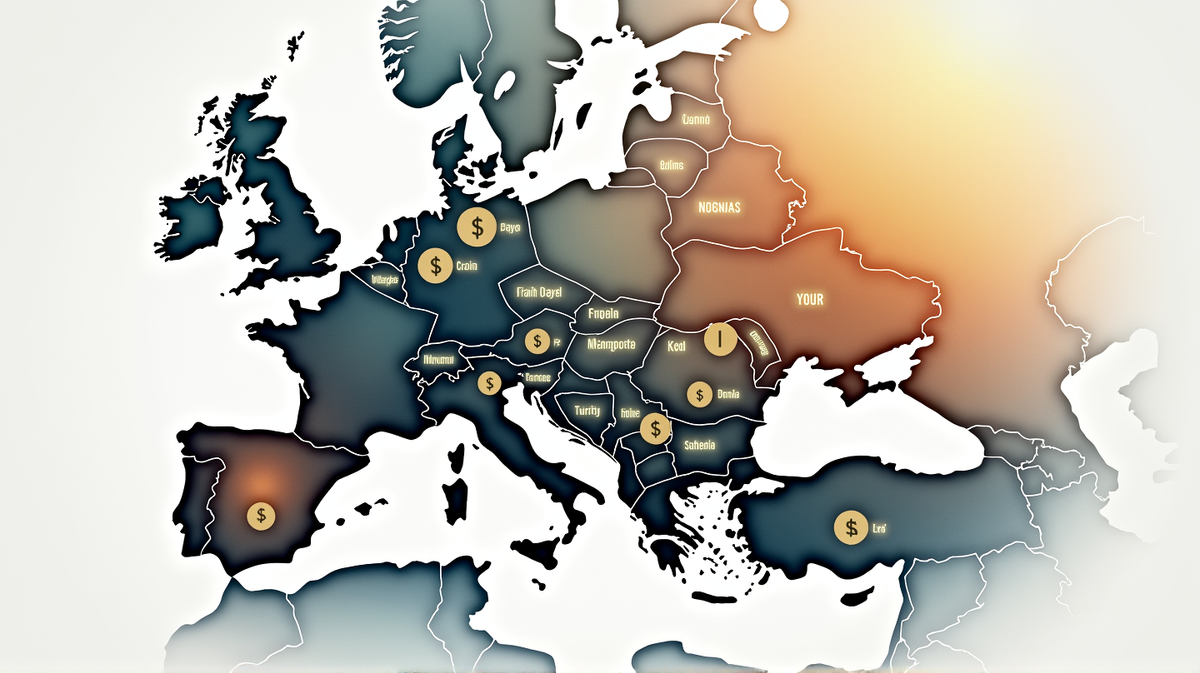SEPA's Role in the Western Balkans: Gateway to Financial Integration
While SEPA boosts financial integration in the Western Balkans, EU backing is vital to maximize economic benefits and regional growth.

SEPA – A Bridge to Economic Integration
The Western Balkans is on the cusp of economic transformation thanks to SEPA—the Single Euro Payments Area, which is set to streamline financial transactions and bolster economic cohesion with the European Union. While SEPA’s integration promises an easing of capital flows by reducing transaction costs, it alone cannot serve as a panacea for the region’s economic challenges. As observed by Richard Grivson from the Vienna Institute for International Economic Studies, the critical success of SEPA lies in synergy with increased European Union support and policies fostering regional industrial growth.
Importance of EU Support
According to Grivson, increased access to the EU budget coupled with industrial policy support could significantly amplify SEPA’s effectiveness. Financial integration is crucial, yet the infusion of public and private capital remains imperative to stimulate sustainable economic growth in the region. He emphasizes that EU backing could catalyze not only infrastructure enhancements but also social programs and institutional reforms necessary for robust economic health.
Boosting Trade and Investment
Accession to SEPA marks a step toward greater financial integration, enabling smoother cross-border payments—an essential element for stimulating trade and investment. Even though countries like Montenegro and Albania have already joined, others like Serbia, Bosnia, and Kosovo aim to follow suit, working hard to meet SEPA’s stringent membership criteria. The transformative potential is evident, but SEPA’s full benefits hinge on comprehensive EU involvement strategically tailored to attract both foreign and domestic investments.
Challenges of Capital Shortages
The Western Balkans faces chronic capital shortages, complicating economic development paths and creating long-standing trade deficits. The area’s economic development is hindered not just by financial transaction difficulties but by the scarcity of both public and private capital necessary for investments in diverse sectors. Grivson points out that structural financial support could help the Western Balkans modernize industries, thereby fostering trade and reducing existing deficits.
Conclusion
SEPA symbolizes a significant stride toward financial unity with the EU, yet without dedicated support measures, its capacity to revolutionize the Western Balkans remains limited. To truly leverage SEPA, broader strategies encompassing more than mere financial flow facilitation are crucial. As Grivson notes, channeling European funding into targeted regional development could redefine the economic landscape, invigorating sectors like agriculture, energy, and IT, ensuring SEPA becomes a catalyst for regional prosperity.
According to NIN.rs, embracing such supportive frameworks will be essential to avoid expanding trade deficits and to foster a thriving, economically integrated Western Balkans.





